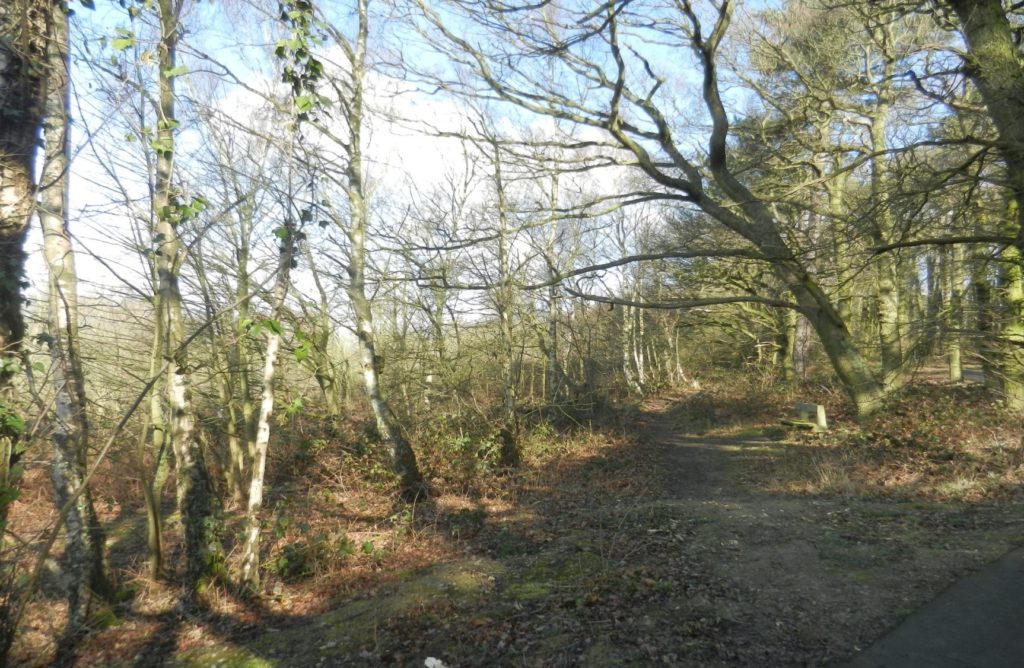
Wildwood is the word used to define the natural vegetation that colonised the land as the ice sheets retreated after the last Ice Age, this before the influence of Man on the Natural vegetation and landscape. The above shows a section of the vegetation on the upper scarp slope of the lower Lias escarpment just north of Scunthorpe and above Skippingdale retail park. Ignoring the pathways this sort of scene gives some visual idea of a wildwood environment, although in fact no remnant of natural wildwood remains.
Of course there would not have been just one wildwood as the warming climate would have resulted in a succession of climax vegetations as plants and trees responded to the changing climate. Studies have been conducted to assess what would have been the first post-glacial plants to colonise, the slightly later ones, and so on. Pollen analysis of soils may be able to help here but would need to access soil strata below those disturbed by later usages; in this context soil profiles deep in marshland soils can be instructive as there may well have been less surface disturbance.
At what points Man began to impact on the natural vegetation and landscape will vary. Early in this post glacial recolonisation Mesolithic hunter-gathers (Neanderthals maybe) may well have lived in balance with the wildwood, whereas it is believed that Neolithic farmers-hunter-gatherers destroyed much of the wildwood. For example, although it is thought that some sections of wildwood may have survived throughout the four centuries of Roman occupation by the 11th century, in Holderness for example, no natural wildwood survived.
The wildwood would have had a complex biodiversity, again changing as the climate warmed. The fragmentation of the wildwood would have resulted in much of this natural flora and fauna being lost. It is therefore particularly interesting to be able to identify plants and trees that were part of that wildwood environment.